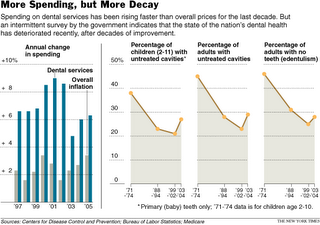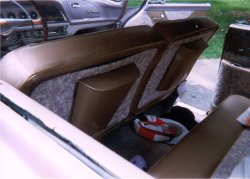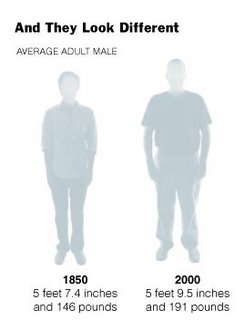
This might be a useful image for talking about the commodification of protest and “alternative” culture. It was being sold at the H&M store in Pasadena. It’s the latest in a progression of the co-opting of the punk aesthetic–first stores like Hot Topic started selling clothing with rips and safety pins and such in them, so you could go pay a lot of money for pre-packaged punk or goth looks. Now it’s gone a step further where they no longer even bother to put a real safety pin in–now you just get pictures of safety pins, meant to evoke that sense of non-conformity in the safest, most easily-marketed way possible, along with your Sum 41 (or whatever their name is) CD.


















